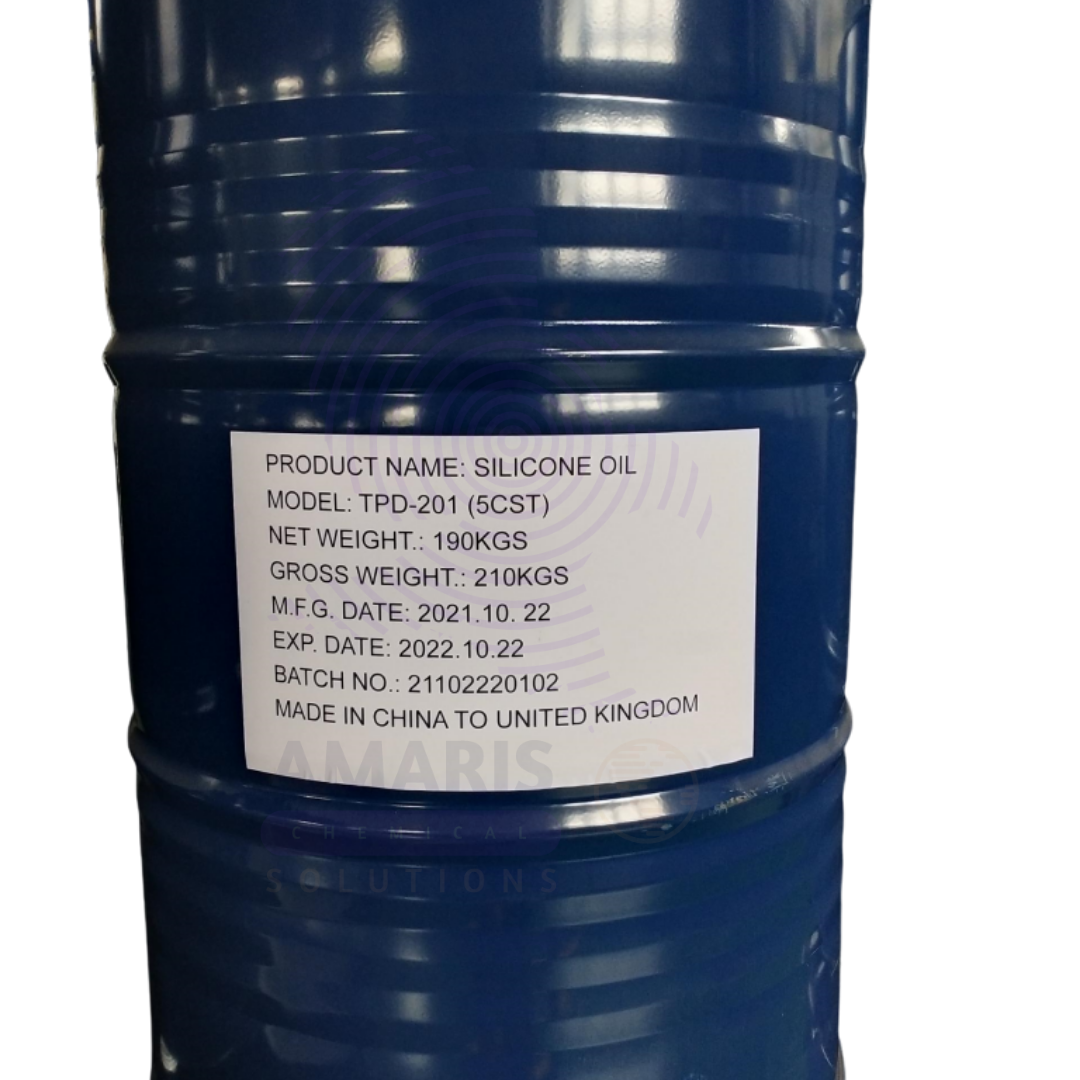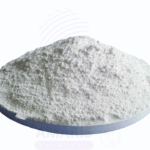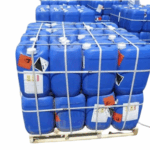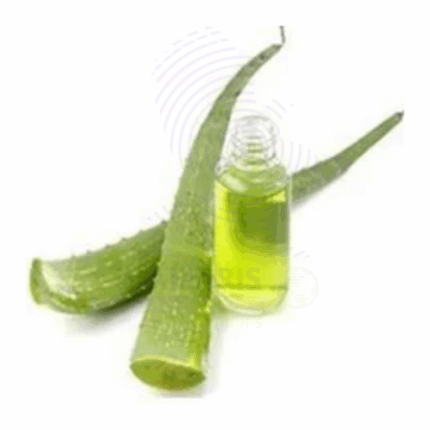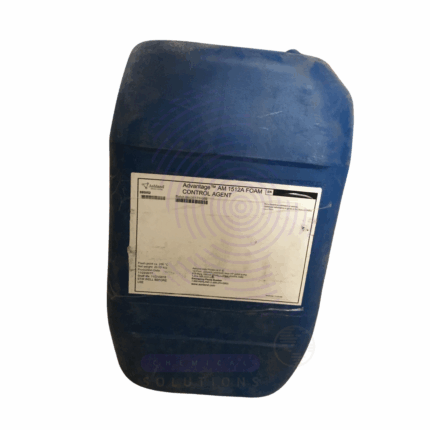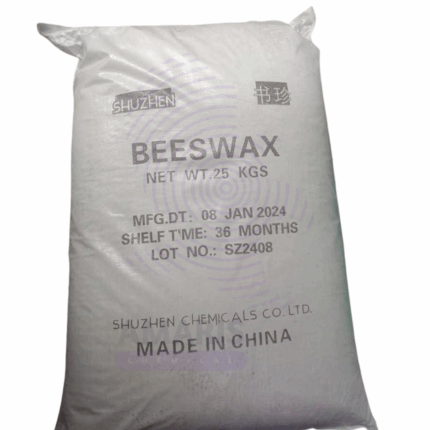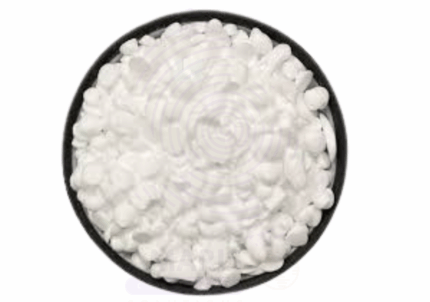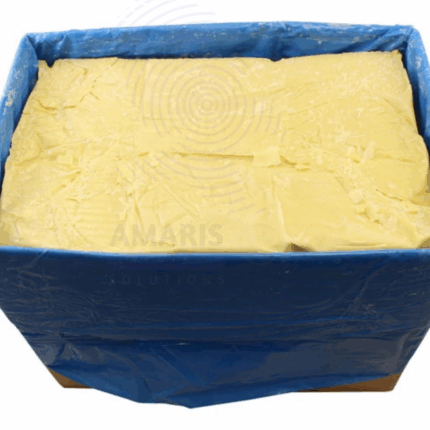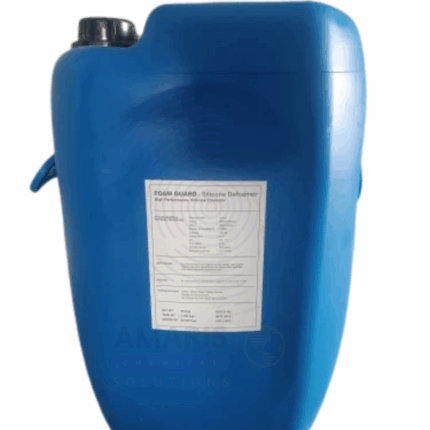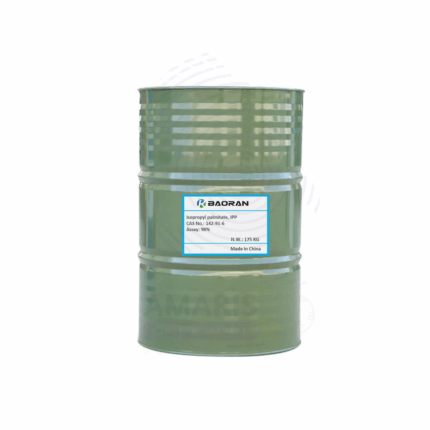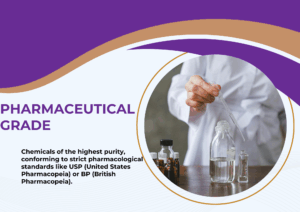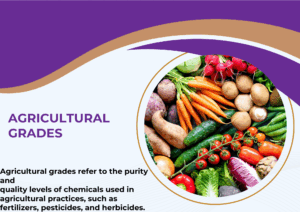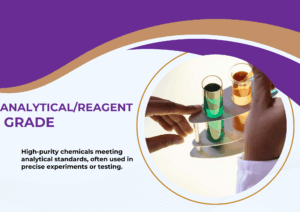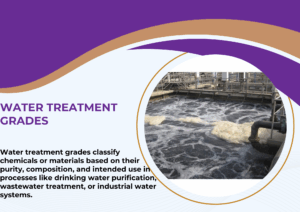Dimethicone Silicon Oil
Whatsapp Order
Dimethicone Silicon Oil, also known as polydimethylsiloxane (PDMS) or silicone oil, is a clear, odorless, and non-volatile silicone-based polymer widely used for its lubricating, anti-foaming, water-repellent, and skin-conditioning properties. It is a linear silicone polymer composed of repeating dimethylsiloxane units. Dimethicone exhibits excellent thermal stability, chemical inertness, and low surface tension, making it highly versatile in pharmaceutical, cosmetic, personal care, industrial, and food applications. It is available in various viscosities, from very low to high viscosity oils, enabling tailored formulations.
Categories: Emollients, Antifoaming Agents
Tags: Cosmetic ingredients, Dimethicone, Silicone oil, Silicone polymer, Used in lubricants
Description
Table of Contents
Toggle
Dimethicone Silicon Oil
Primary Uses
- Cosmetics & Personal Care
- Acts as a skin conditioning agent, providing a silky, smooth feel in creams, lotions, foundations, sunscreens, and hair care products.
- Functions as an emollient and anti-foaming agent to improve texture and spreadability without greasiness.
- Used in hair serums and conditioners to provide shine, reduce frizz, and protect hair from moisture loss and heat damage.
- Forms a breathable, water-resistant barrier on the skin that protects and retains moisture.Pharmaceuticals
- Utilized as a base and lubricant in topical formulations such as ointments, creams, and baby oils.
- Functions as an anti-foaming agent in oral and intravenous formulations to prevent gas formation and aid manufacturing.
- Used in medical devices and lubricants for catheters and other instruments due to its biocompatibility and non-toxicity.Industrial Applications
- Serves as a lubricant, mold release agent, and anti-foaming agent in manufacturing processes including plastics, textiles, and rubber.
- Used in polishes, coatings, and sealants to impart water repellency and enhance surface finish.
- Employed in automotive and aerospace industries as a lubricant and protective coating.Food Industry
- Approved as a food additive (E900) for use as an anti-foaming agent in food processing and packaging.
- Helps prevent foaming during boiling, frying, and sterilization processes in food manufacturing.
Secondary Uses
- Electronics & Optics
- Used as a dielectric fluid and thermal interface material in electronics cooling and insulation.
- Applied as an anti-reflective and protective coating in optical lenses and displays.Household Products
- Included in polishes, lubricants, and air fresheners for its smooth texture and anti-foaming properties.Biomedical Research
- Utilized in tissue engineering and biomedical devices for its biocompatibility and stability.
KEY PRODUCT FEATURES
1. Basic Identification Attributes
- Chemical Name (IUPAC): Polydimethylsiloxane
- Common/Trade Name: Dimethicone, Silicone Oil
- CAS Number: 9006-65-9
- HS Code: 3910.00.00
- Molecular Formula: (C2H6OSi)n (variable polymer chain length)
- Synonyms:
- Polydimethylsiloxane (PDMS)
- Silicone Oil
- Silicone Fluid
2. Physical & Chemical Properties
- Physical State: Clear, colorless to pale yellow viscous liquid
- Odor: Odorless
- Viscosity: Ranges from 10 cSt to 1,000,000 cSt depending on grade
- Boiling Point: >200°C (depending on molecular weight)
- Density: Approximately 0.965 g/cm³ at 25°C
- Solubility: Insoluble in water; soluble in organic solvents
- Stability: Chemically stable, inert, non-reactive under normal conditions
3. Safety & Hazard Attributes
- Hazard Class (GHS): Generally regarded as non-hazardous
- Toxicity: Low toxicity; non-irritant to skin and eyes
- Exposure Limits: No established occupational exposure limits, considered safe for topical use
- Flammability: Non-flammable under normal conditions
4. Storage & Handling Attributes
- Storage Conditions: Store in tightly sealed containers away from heat and direct sunlight
- Container Type: HDPE or metal drums, glass bottles for low-viscosity grades
- Shelf Life: 3–5 years if stored properly
- Handling Precautions: Avoid contamination with water and particulate matter
5. Regulatory & Compliance Attributes
- FDA approved for topical pharmaceutical and cosmetic use
- Complies with USP, EP, and JP monographs for pharmaceutical grades
- Approved as a food additive (E900) in regulated quantities
- REACH registered and compliant
6. Environmental & Health Impact
- Ecotoxicity: Low environmental toxicity; biodegradable under certain conditions
- Persistence: Stable in the environment, but does not bioaccumulate
- Carcinogenicity/Mutagenicity: Not classified as carcinogenic or mutagenic
SAFETY HANDLING PRECAUTIONS
Safety Handling Precautions
PPE Required:
- Gloves (nitrile or latex)
- Safety goggles or glasses
- Lab coat or protective clothing
Handling Guidelines:
- Avoid inhalation of mists or aerosols (especially in spray forms)
- Use in well-ventilated areas
- Prevent contamination with water or incompatible substances
Storage Measures:
- Keep container tightly closed
- Store in cool, dry place away from oxidizing agents
- Avoid freezing or excessive heat exposure
Hygiene Practices:
- Wash hands after handling
- Avoid ingestion or prolonged skin contact
- Do not eat, drink, or smoke during handling
First Aid Measures
- Inhalation: Move person to fresh air; seek medical attention if respiratory irritation develops
- Skin Contact: Wash with soap and water; seek medical attention if irritation persists
- Eye Contact: Rinse with plenty of water for at least 15 minutes; consult a physician if irritation occurs
- Ingestion: Rinse mouth; seek medical advice if symptoms occur
Firefighting Measures
- Fire Hazards: Dimethicone is generally non-flammable but may burn at high temperatures
- Extinguishing Media: Use water spray, foam, dry chemical, or CO₂
- Special Precautions: Firefighters should wear protective gear and self-contained breathing apparatus (SCBA) if needed
- Decomposition Products: May release silicon oxides and formaldehyde on combustion
Related products
Aloe Vera Oil
Aloe Vera Oil is an oil-based extract derived by infusing Aloe vera (Aloe barbadensis) leaves into a carrier oil such as coconut, soybean, or sunflower oil. It captures the beneficial compounds of aloe—including polysaccharides, vitamins, enzymes, and amino acids—in an oil-soluble form ideal for cosmetic, therapeutic, and personal care applications. Known for its soothing, anti-inflammatory, and moisturizing properties, Aloe Vera Oil is widely used in skin and hair care formulations.
This gentle, skin-friendly oil is suitable for sensitive skin and is commonly employed in after-sun products, healing ointments, massage oils, and anti-aging creams. It provides hydration, calms irritation, and promotes skin regeneration while adding emollient and conditioning benefits.
Anti Foam
Anti foams are chemical additives designed to reduce or prevent the formation of foam in industrial processes, manufacturing, and various formulations. Foam can interfere with operations such as mixing, filling, pumping, and heat transfer, leading to reduced efficiency or defects in products. Anti foams work by destabilizing foam bubbles, causing them to coalesce and collapse rapidly. They are widely used in industries including food and beverage, pharmaceuticals, wastewater treatment, paints and coatings, and chemical manufacturing. Different types of anti foams include silicone-based, mineral oil-based, and organic polymer-based formulations, chosen according to the specific application and process conditions.
Beeswax
Beeswax is a natural wax produced by honeybees of the genus Apis. It is secreted by worker bees from specialized glands and used to build honeycomb cells. Beeswax is a complex mixture of esters, fatty acids, and hydrocarbons, characterized by a pale yellow to brown color, a pleasant honey-like aroma, and a firm yet pliable texture. It has excellent emulsifying, binding, and protective properties, making it widely used in cosmetics, pharmaceuticals, food, and industrial applications. Beeswax is prized for its natural origin, biodegradability, and skin-friendly characteristics.
Cetyl Alcohol Flakes
Cetyl Alcohol Flakes is a high-purity fatty alcohol derived mainly from natural sources such as palm oil and coconut oil. Presented as white to off-white waxy flakes, this product contains at least 98% pure cetyl alcohol, ensuring consistent performance and quality. It is valued for its excellent emollient, thickening, and emulsifying properties and is widely used in personal care, pharmaceutical, and industrial formulations. The flake form facilitates easy handling, melting, and dosing in manufacturing processes. Cetyl Alcohol 98% Flakes contributes to the texture, stability, and moisturizing properties of various formulations, providing a non-greasy, smooth finish.
Cocoa Butter
Cocoa Butter, also known as Theobroma oil, is a pale-yellow, edible fat extracted from cocoa beans, primarily from Theobroma cacao. It has a smooth, creamy texture and a mild, characteristic chocolate aroma. Cocoa Butter is solid at room temperature but melts near body temperature, which gives it a luxurious feel when applied to skin or consumed. It is highly valued for its emollient, moisturizing, and protective properties. Cocoa Butter is widely used in cosmetics, pharmaceuticals, food, and confectionery industries. Its stable composition rich in fatty acids such as stearic, palmitic, and oleic acids imparts excellent oxidative stability and a long shelf life.
Defoamer
Defoamer is a high-performance, silicone-based antifoaming agent designed to eliminate and prevent foam formation in aqueous and non-aqueous systems. It is typically a milky-white or translucent emulsion composed of modified polydimethylsiloxane, hydrophobic silica, and proprietary surfactants or emulsifiers. Defoamer is known for its immediate foam knockdown, long-lasting suppression, and compatibility across diverse formulations. It is widely used in industrial processes, coatings, adhesives, water treatment, textiles, and more. It is effective at low concentrations, thermally stable, and resistant to shear and pH fluctuations.
Isopropyl Palmitate
Isopropyl Palmitate IPP is a clear, colorless to pale yellow oily liquid formed by the esterification of isopropyl alcohol and palmitic acid. It has a mild odor and is widely used in cosmetic, pharmaceutical, and industrial formulations as an emollient, lubricant, and solvent. IPP is valued for its excellent skin absorption, non-greasy feel, and ability to improve texture and spreadability of topical products.
Olive Butter
Olive Butter is a natural, creamy, and rich emollient derived from cold-pressed olive oil combined with other natural butters (such as shea or cocoa butter) to create a luxurious skin-conditioning product. It is prized for its deep moisturizing, antioxidant-rich, and soothing properties, making it a popular ingredient in skincare, haircare, and cosmetic formulations. Olive Butter enhances skin elasticity, provides nourishment, and forms a protective barrier against environmental stressors.

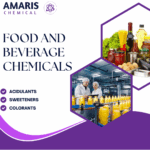
 Preservatives(food)
Preservatives(food) Flavor Enhancers
Flavor Enhancers Acidulants
Acidulants Sweeteners
Sweeteners Antioxidants
Antioxidants Colorants(food)
Colorants(food)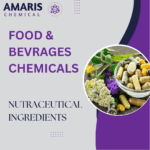 Nutraceutical Ingredients (food)
Nutraceutical Ingredients (food) Nutrient Supplements
Nutrient Supplements Emulsifiers
Emulsifiers
 Collectors
Collectors Dust Suppressants
Dust Suppressants Explosives and Blasting Agents
Explosives and Blasting Agents Flocculants and Coagulants
Flocculants and Coagulants Frothers
Frothers Leaching Agents
Leaching Agents pH Modifiers
pH Modifiers Precious Metal Extraction Agents
Precious Metal Extraction Agents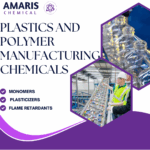
 Antioxidants(plastic)
Antioxidants(plastic) Colorants (Pigments, Dyes)
Colorants (Pigments, Dyes) Fillers and Reinforcements
Fillers and Reinforcements Flame Retardants
Flame Retardants Monomers
Monomers Plasticizers
Plasticizers Polymerization Initiators
Polymerization Initiators Stabilizers (UV, Heat)
Stabilizers (UV, Heat)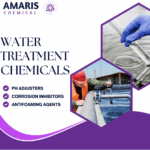
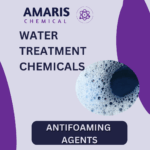 Antifoaming Agents
Antifoaming Agents Chelating Agents
Chelating Agents Coagulants and Flocculants
Coagulants and Flocculants Corrosion Inhibitors
Corrosion Inhibitors Disinfectants and Biocides
Disinfectants and Biocides Oxidizing Agents
Oxidizing Agents pH Adjusters
pH Adjusters Scale Inhibitors( water)
Scale Inhibitors( water)
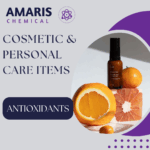 Antioxidants(cosmetic)
Antioxidants(cosmetic) Emollients
Emollients Fragrances and Essential Oils
Fragrances and Essential Oils Humectants
Humectants Preservatives
Preservatives Surfactants(cosmetic)
Surfactants(cosmetic) Thickeners
Thickeners UV Filters
UV Filters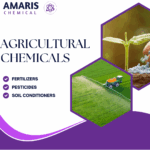
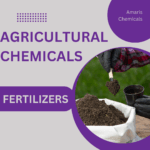 Fertilizers
Fertilizers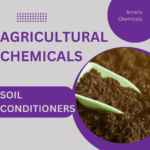 Soil Conditioners
Soil Conditioners Plant Growth Regulators
Plant Growth Regulators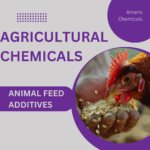 Animal Feed Additives
Animal Feed Additives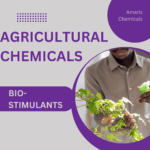 Biostimulants
Biostimulants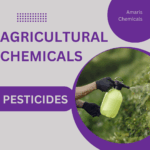 Pesticides (Herbicides, Insecticides, Fungicides)
Pesticides (Herbicides, Insecticides, Fungicides)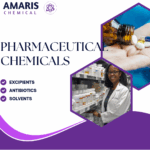
 Active Pharmaceutical Ingredients (APIs)
Active Pharmaceutical Ingredients (APIs) Excipients
Excipients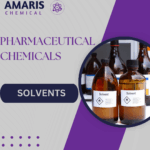 Solvents(pharmaceutical)
Solvents(pharmaceutical) Antibiotics
Antibiotics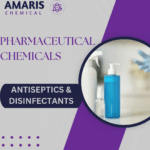 Antiseptics and Disinfectants
Antiseptics and Disinfectants Vaccine Adjuvants
Vaccine Adjuvants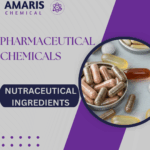 Nutraceutical Ingredients (pharmaceutical)
Nutraceutical Ingredients (pharmaceutical)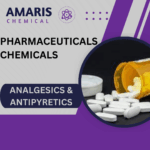 Analgesics & Antipyretics
Analgesics & Antipyretics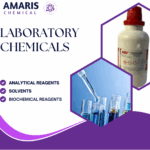
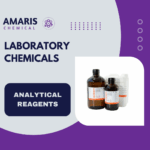 Analytical Reagents
Analytical Reagents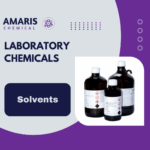 Solvents(lab)
Solvents(lab)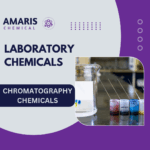 Chromatography Chemicals
Chromatography Chemicals Spectroscopy Reagents
Spectroscopy Reagents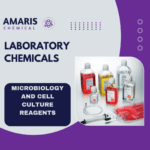 microbiology-and-cell-culture-reagents
microbiology-and-cell-culture-reagents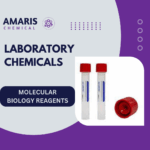 Molecular Biology Reagents
Molecular Biology Reagents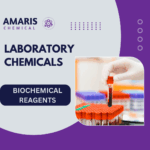 Biochemical Reagents
Biochemical Reagents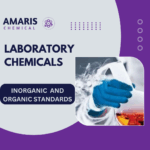 Inorganic and Organic Standards
Inorganic and Organic Standards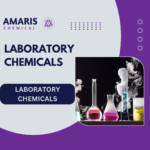 Laboratory Safety Chemicals
Laboratory Safety Chemicals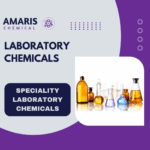 Specialty Laboratory Chemicals(Special Laboratory Equipment)
Specialty Laboratory Chemicals(Special Laboratory Equipment)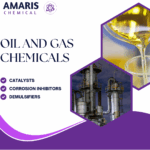
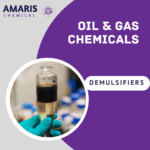 Demulsifiers
Demulsifiers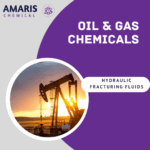 Hydraulic Fracturing Fluids
Hydraulic Fracturing Fluids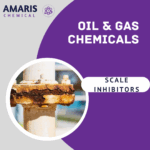 Scale Inhibitors(oil)
Scale Inhibitors(oil) Surfactants(oil)
Surfactants(oil)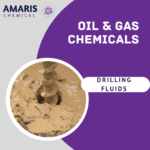 Drilling Fluids
Drilling Fluids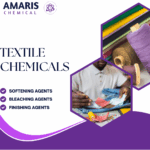
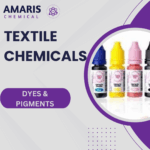 Dyes and Pigments
Dyes and Pigments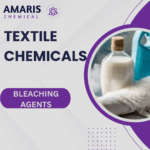 Bleaching Agents
Bleaching Agents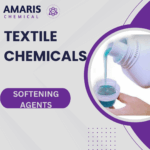 Softening Agents
Softening Agents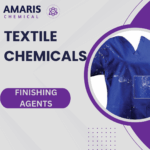 Finishing Agents
Finishing Agents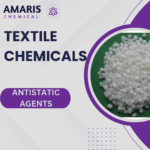 Antistatic Agents
Antistatic Agents
 Admixtures
Admixtures Waterproofing Agents
Waterproofing Agents Sealants and Adhesives
Sealants and Adhesives Curing Compounds
Curing Compounds Concrete Repair Chemicals
Concrete Repair Chemicals Anti-Corrosion Coatings
Anti-Corrosion Coatings
 Surfactants(cleaning)
Surfactants(cleaning) Builders
Builders Enzymes
Enzymes Solvents (Cleaning)
Solvents (Cleaning) Fragrances
Fragrances
 Electronic Chemicals
Electronic Chemicals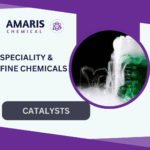 Catalysts
Catalysts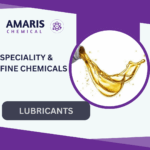 Lubricants
Lubricants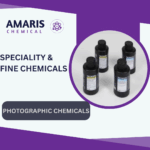 Photographic Chemicals
Photographic Chemicals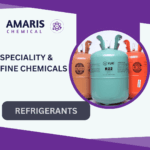 Refrigerants
Refrigerants Automotive chemicals
Automotive chemicals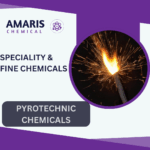 Pyrotechnic Chemicals
Pyrotechnic Chemicals
 Biodegradable Surfactants
Biodegradable Surfactants Bio-based Solvents
Bio-based Solvents Renewable Polymers
Renewable Polymers Carbon Capture Chemicals
Carbon Capture Chemicals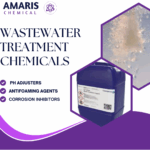 Wastewater Treatment Chemicals
Wastewater Treatment Chemicals
 Pigments
Pigments Solvents(paint)
Solvents(paint) Specialty Coatings
Specialty Coatings Binders/Resins
Binders/Resins Additives
Additives Driers
Driers Anti-Corrosion Agents
Anti-Corrosion Agents Functional Coatings
Functional Coatings Application-Specific Coatings
Application-Specific Coatings
 Fresh Herbs
Fresh Herbs Ground Spices
Ground Spices Whole Spices
Whole Spices Spice Blends
Spice Blends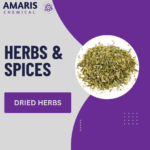 Dried Herbs
Dried Herbs
 Leavening Agents
Leavening Agents Dough Conditioners
Dough Conditioners Flour Treatments
Flour Treatments Fat Replacers
Fat Replacers Decoratives
Decoratives Preservatives(baking)
Preservatives(baking)
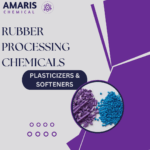 Plasticizers & Softeners
Plasticizers & Softeners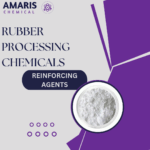 Reinforcing Agents
Reinforcing Agents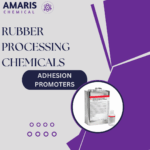 Adhesion Promoters
Adhesion Promoters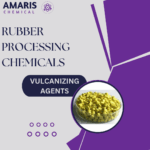 Vulcanizing Agents
Vulcanizing Agents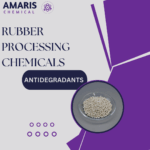 Antidegradants
Antidegradants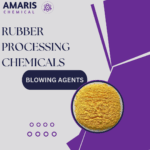 Blowing Agents
Blowing Agents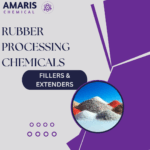 Fillers & Extenders
Fillers & Extenders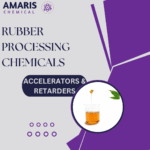 Accelerators & Retarders
Accelerators & Retarders